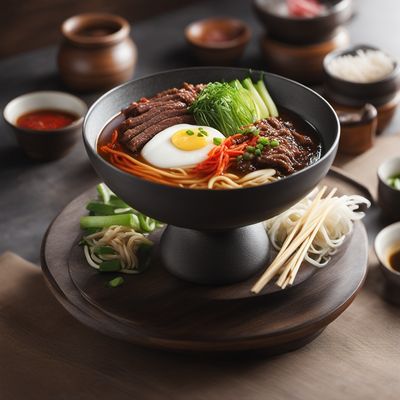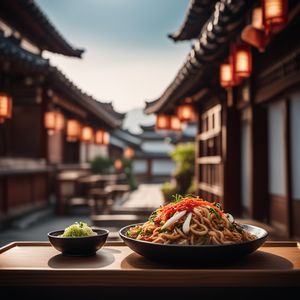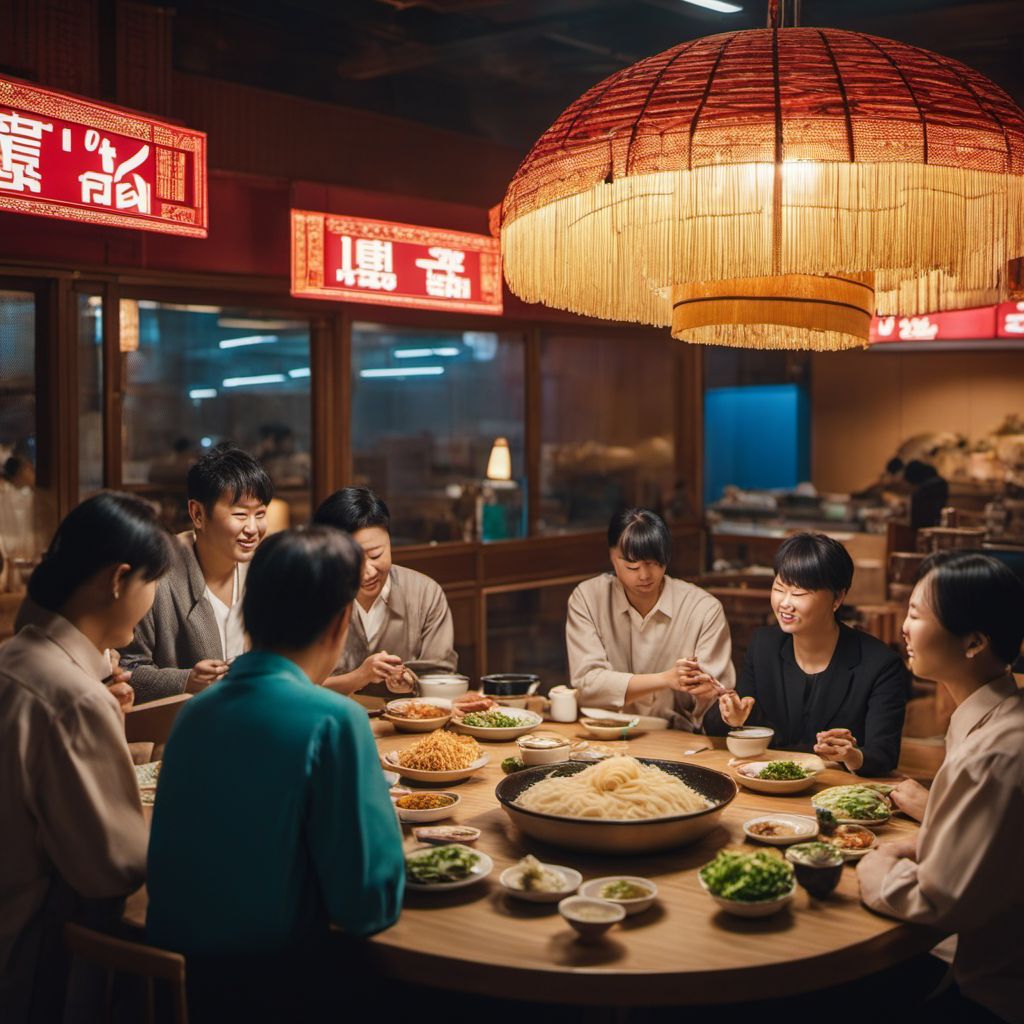
Dish
Pyongyang naengmyeon
Pyongyang naengmyeon is a refreshing and light dish that is perfect for cooling down on a hot day. The chewy noodles have a unique texture that pairs well with the tangy and slightly sweet broth. The dish is typically served with a spicy mustard sauce and vinegar on the side, which can be added to taste. The beef adds a savory flavor to the dish, while the pear and cucumber provide a refreshing crunch. This dish is low in fat and calories, making it a healthy option for those watching their weight. However, it does contain gluten, so it is not suitable for those with celiac disease or gluten intolerance.
Origins and history
Pyongyang naengmyeon originated in Pyongyang, the capital city of North Korea. It is believed to have been created during the Joseon Dynasty (1392-1910) and was originally served as a royal dish. The dish became popular in South Korea after the Korean War, and is now a popular summer dish throughout the country.
Dietary considerations
Gluten-containing
Variations
There are many variations of naengmyeon, including mul naengmyeon (made with a broth of beef and dongchimi), bibim naengmyeon (made with a spicy sauce), and hwae naengmyeon (made with raw fish).
Presentation and garnishing
The dish is typically served in a large bowl with the noodles and toppings arranged neatly on top of the broth. The mustard sauce and vinegar are served on the side, and can be added to taste. The dish is often garnished with sliced green onions and sesame seeds.
Tips & Tricks
To make the noodles extra chewy, soak them in ice water for at least 30 minutes before serving. To make the broth more flavorful, simmer the beef and dongchimi for several hours before serving.
Side-dishes
Kimchi, pickled vegetables, boiled egg
Drink pairings
Makgeolli (Korean rice wine), soju (Korean distilled liquor)
Delicious Pyongyang naengmyeon recipes
More dishes from this category... Browse all »
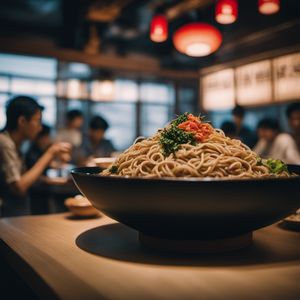
Abura soba
Japanese cuisine
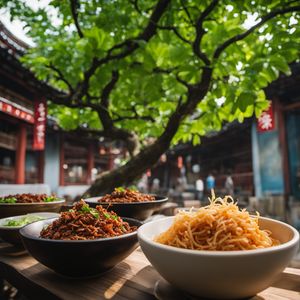
Ants Climbing a Tree
Chinese cuisine

Asahikawa ramen
Japanese cuisine

Biangbiang Noodles
Chinese cuisine
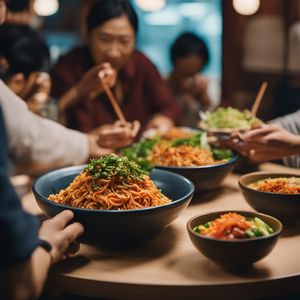
Bibim guksu
Korean cuisine
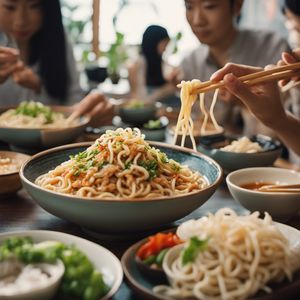
Bukkake udon
Japanese cuisine

Burnt Miso Ramen
Japanese cuisine
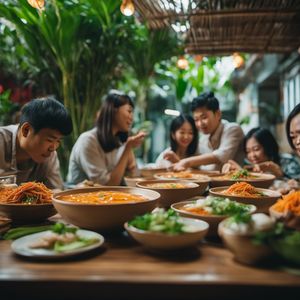
Bánh canh
Vietnamese cuisine

